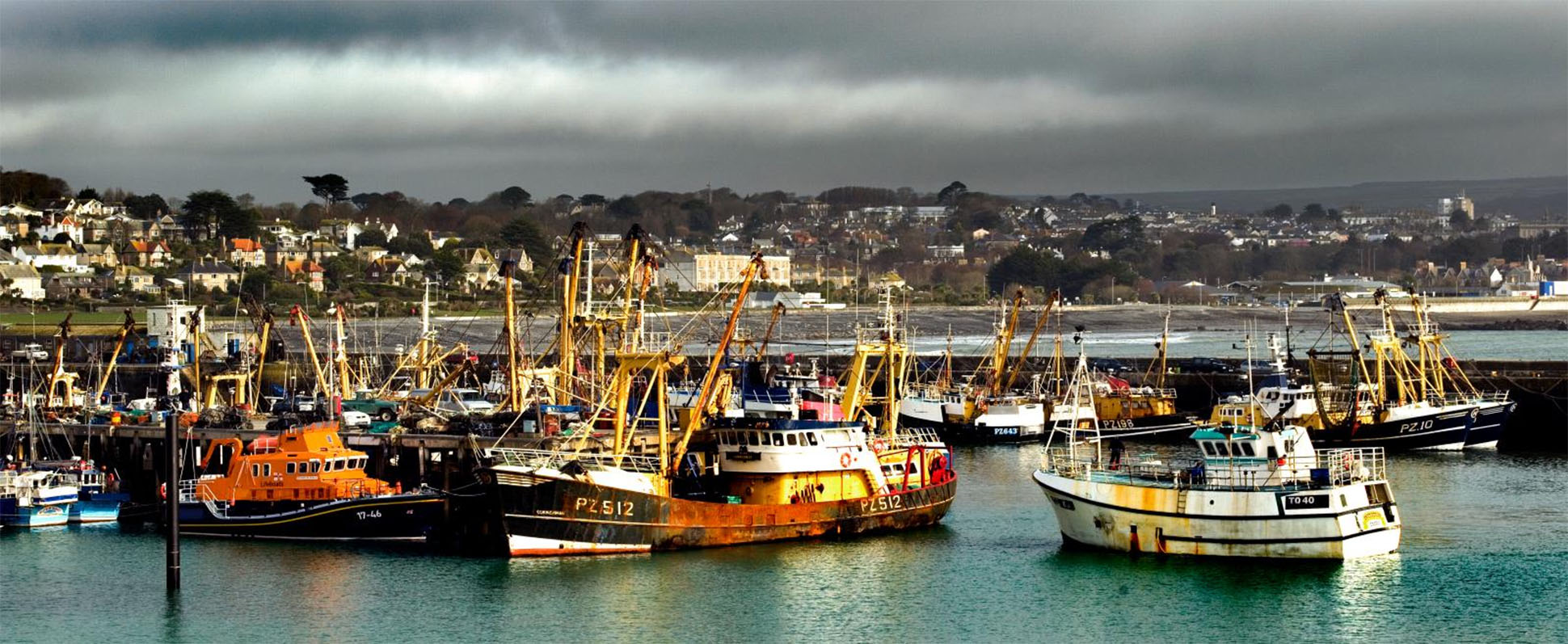Advice on Ports Development
This web page sets out Historic England’s advice on planning new developments which affect ports.
England's ports provide vital links for trade and travel. Many are historic and have adapted successfully to meet modern needs. Changes need to be managed carefully to ensure that valued historic buildings and structures or archaeology are not lost.
Equally, where new ports are developed, it is important to do so with full understanding of the surrounding historic environment.
Managing port development
Port development may affect the maritime historic environment in a number of ways. This includes direct damage to historic harbour structures and buildings as a result of construction work, or indirect damage caused to historic wrecks or buried remains from dredging to improve navigation.
Redevelopment projects that involve extending the quayside could result in the burial of and compaction damage to, near-shore structures and wrecks.
It’s important to investigate and record this heritage before it is changed or lost so that this information is kept for the future. It is also important to have a mitigation strategy in place that includes financial allowances, to deal with the extra work and delay if unexpected finds are discovered.
Government has produced a National Policy Statement for Ports to inform port development applicants and other planners. Consent for new port developments may be granted as part of the nationally significant infrastructure planning process.
Some port developments will be administered by the Marine Management Organisation (MMO) where they do not require consideration by the Major Infrastructure Unit..
Significant port development is likely to be subject to Environmental Impact Assessment under the EIA Directive, requiring an Environmental Statement describing the likely significant effects of the development on the environment and proposed mitigation measures, to be consulted on with statutory bodies such as Historic England.
Government Policy on ports confirms in detail how the historic environment should be handled in such statements.
Historic England encourages port developers to make early contact to help ensure that all aspects of the historic environment are taken into account in developing the Environmental Statement. We are able to offer advice on any areas of special interest that could be affected by the proposed development, and comment on their significance. We are also able to offer advice in mitigation strategies, including investigation and recording.
Key players in port development and their roles
Port and harbour authorities
Port and harbour authorities have a responsibility (under the Harbours Act 1964 as amended by the Transport and Works Act 1992) to consider buildings, sites or objects of
archaeological, architectural or historic interest in their management of a port or harbour.
They are also obliged by law to ensure safe navigation, and to raise and remove sunk vessels which are likely to become an obstruction, or danger.
We at Historic England encourage early consideration of the marine archaeology which may be affected by these works, including identifying the reasonable costs of recording known remains as part of the environmental mitigation costs of the project.
Developers
As with all major developments, Historic England would expect developers to carry out the necessary evaluation, and develop appropriate mitigation strategies.
We welcome early involvement in such work and experience has shown that this can save time and money for all parties.
Developers are encouraged to download the Code of Practice for Seabed Developers, produced by the Joint Nautical Archaeological Policy Committee.





